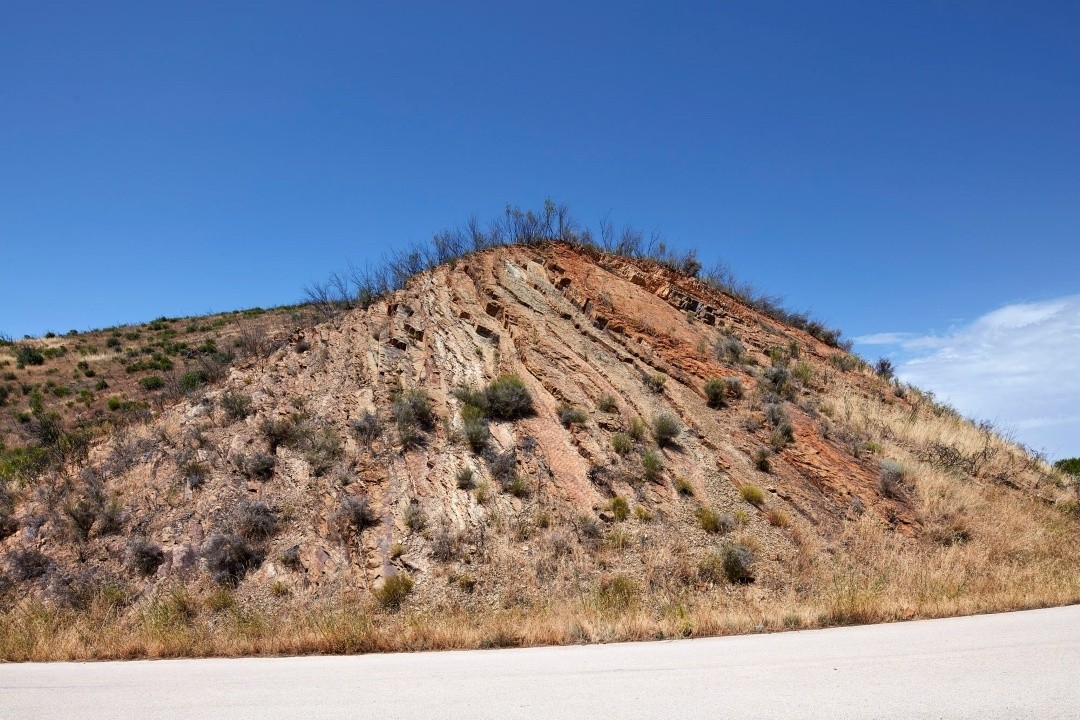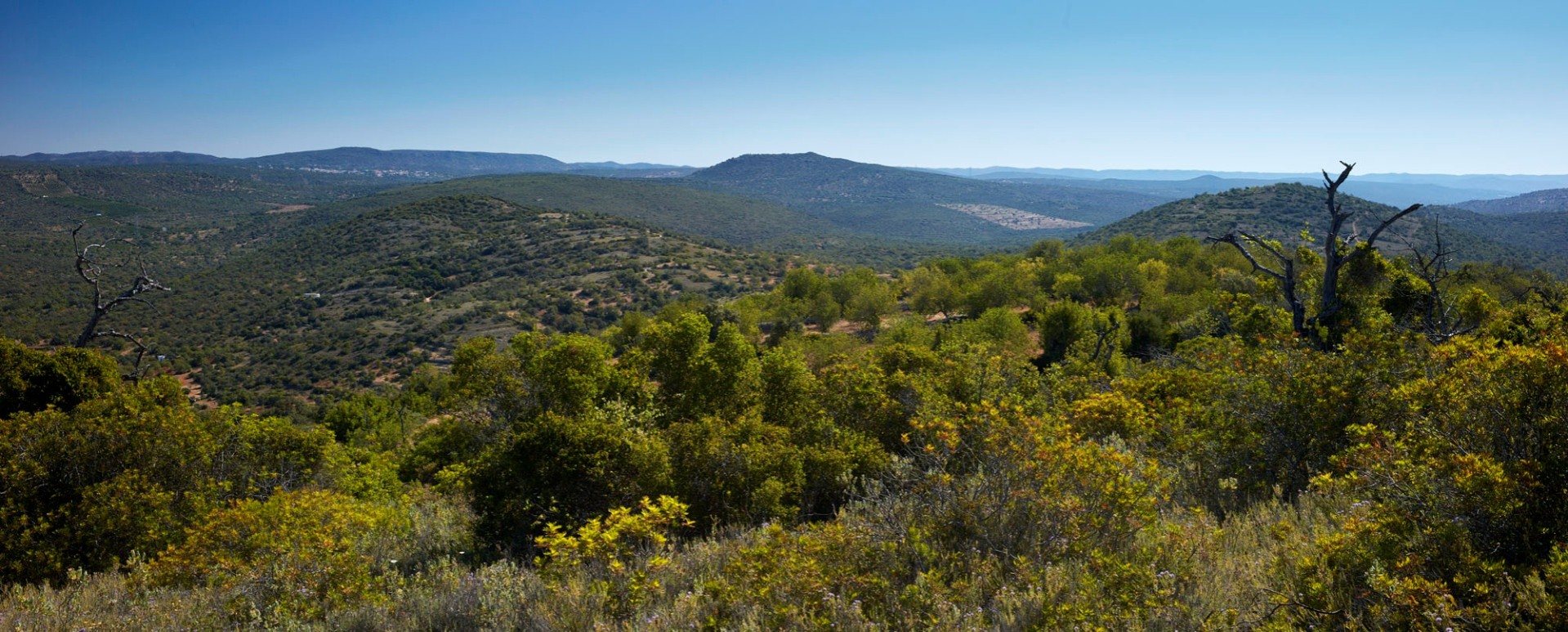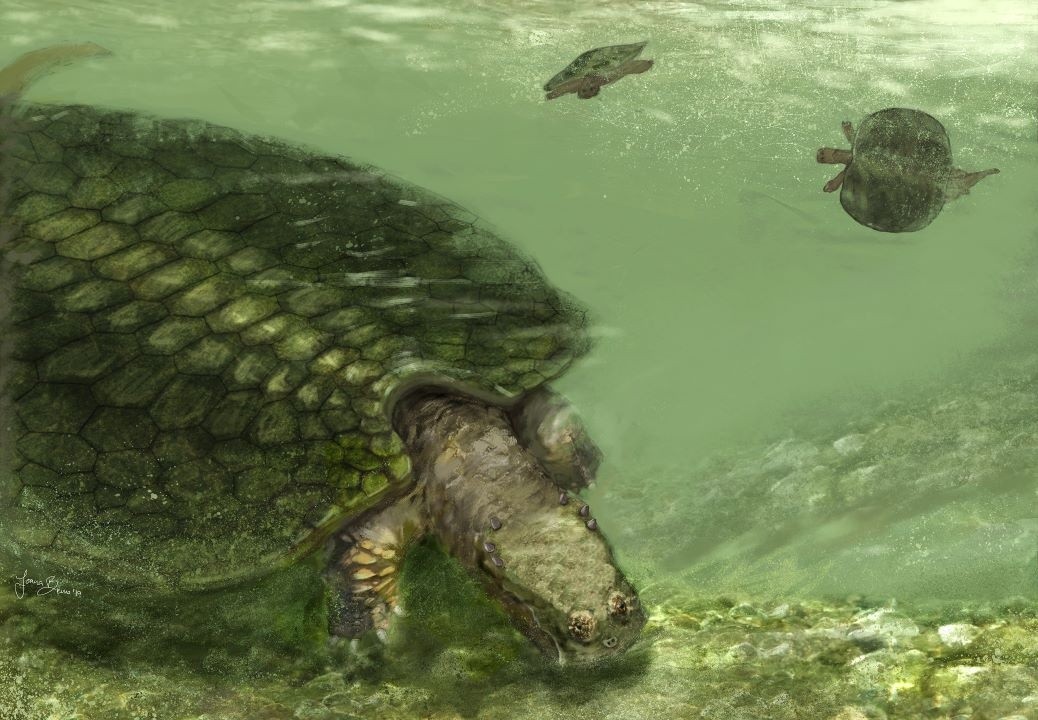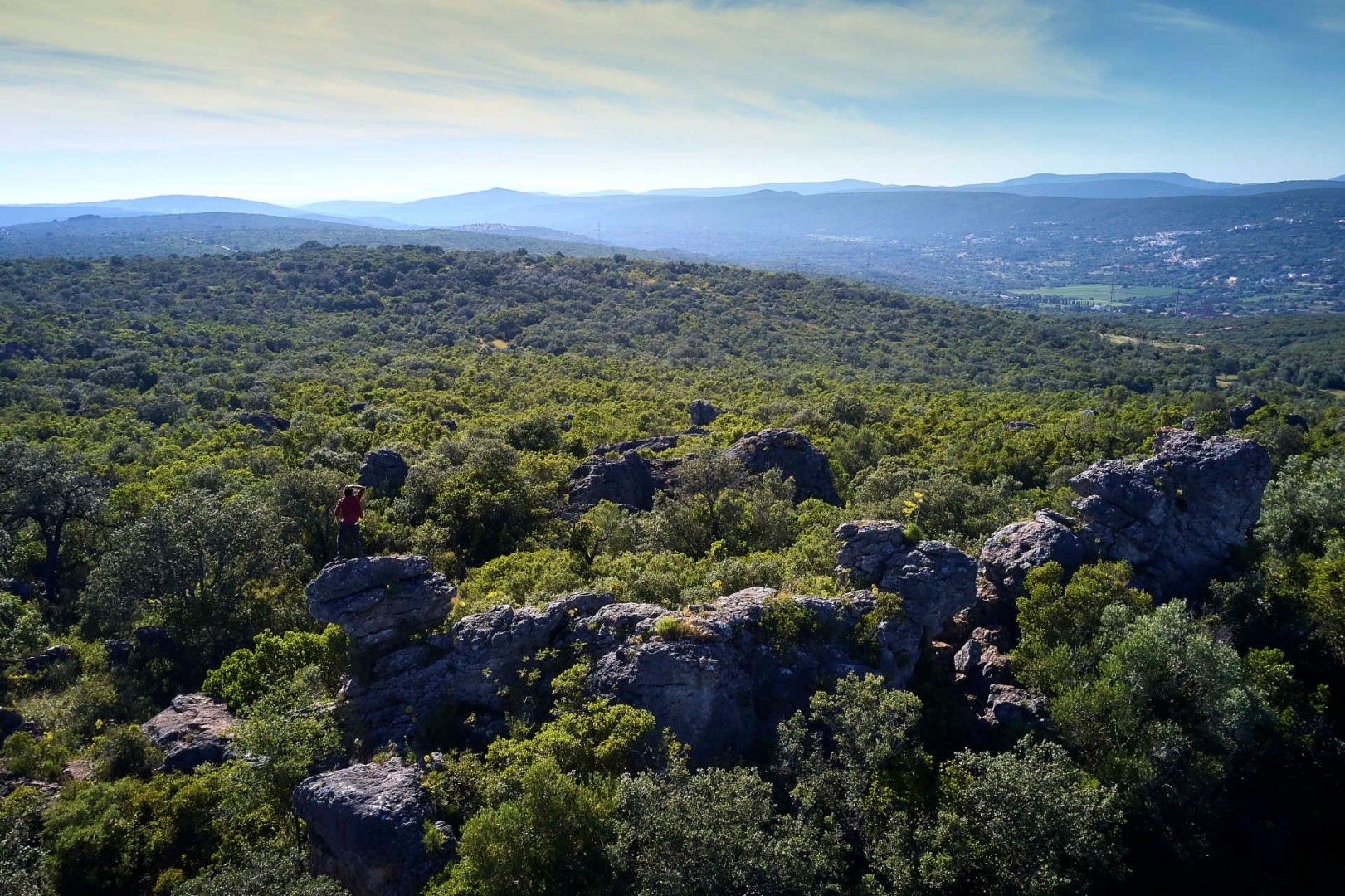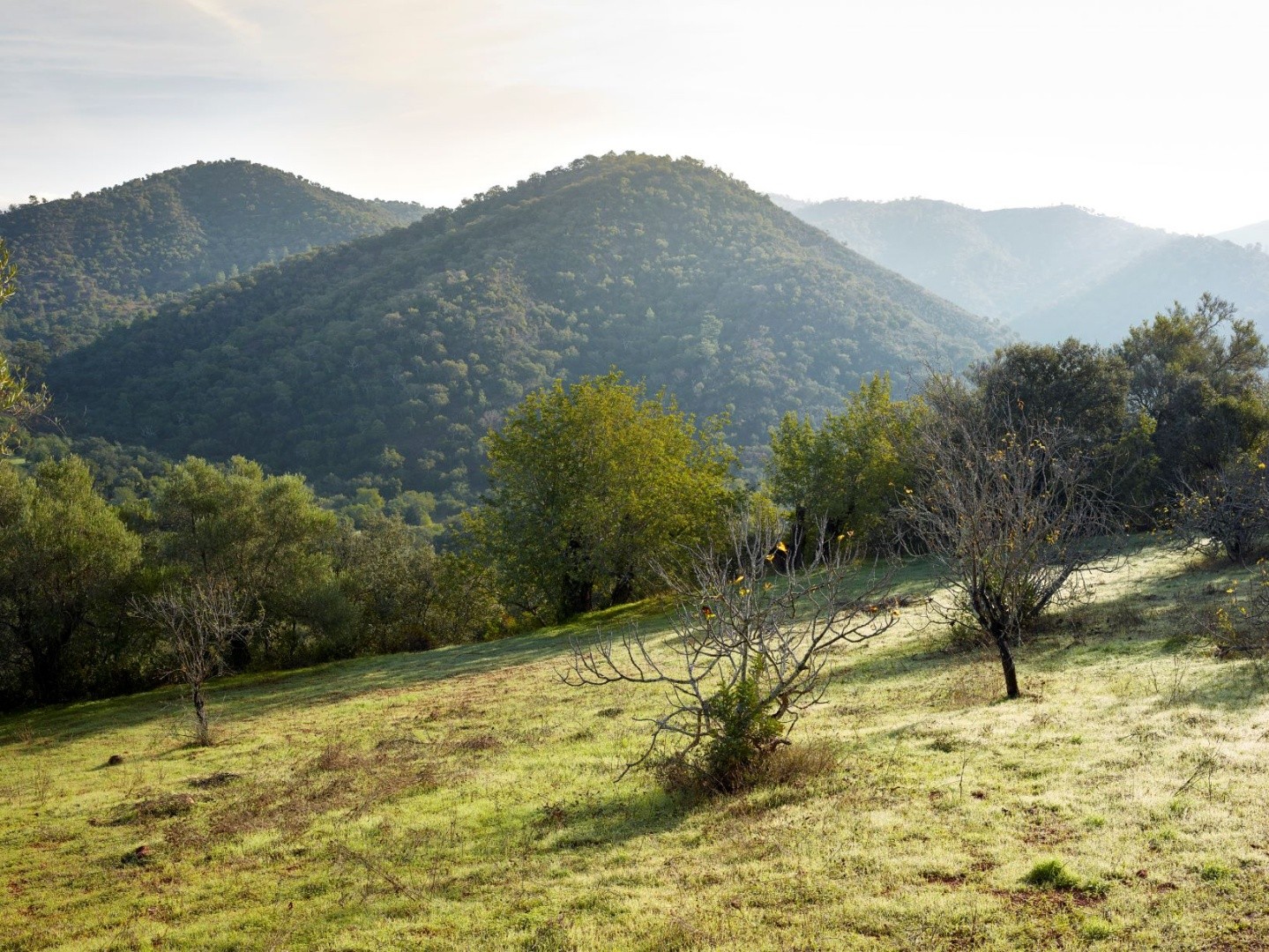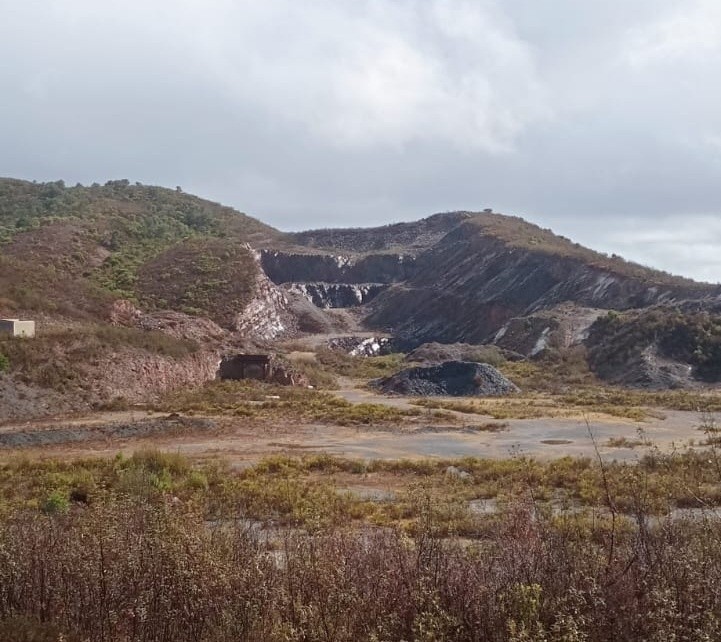Karst
The Nave do Barão is a large, enclosed valley that stretches approximately 4 kilometres in length and 1 kilometre at its widest point, located in the Algarve Barrocal region. It is classified as a karst depression, which means it has been formed over millions of years by the dissolving action of water on limestone rocks. This formation is known as a polje, which refers to expansive karst plains where rainwater gathers and gradually shapes the landscape.
The northern edge of the nave is defined by a significant reverse fault—a fracture in the Earth's crust where one block of rock is pushed up over another. This geological movement has brought two types of rock, limestone and dolomite, into direct contact, with dolomite being more resistant to erosion.
The rocks that make up the slopes of the Nave do Barão date back to an ancient sea from the Lower Jurassic period, specifically between 201 and 175 million years ago, during a time when dinosaurs were starting to dominate the Earth.
The valley's floor is covered by a reddish clay layer known as terra rossa. This layer is rich in mineral nutrients, making it excellent for agriculture. It also retains rainwater well, creating small temporary puddles where various arthropods characteristic of this environment can be found.
Locality: Nave do Barão




